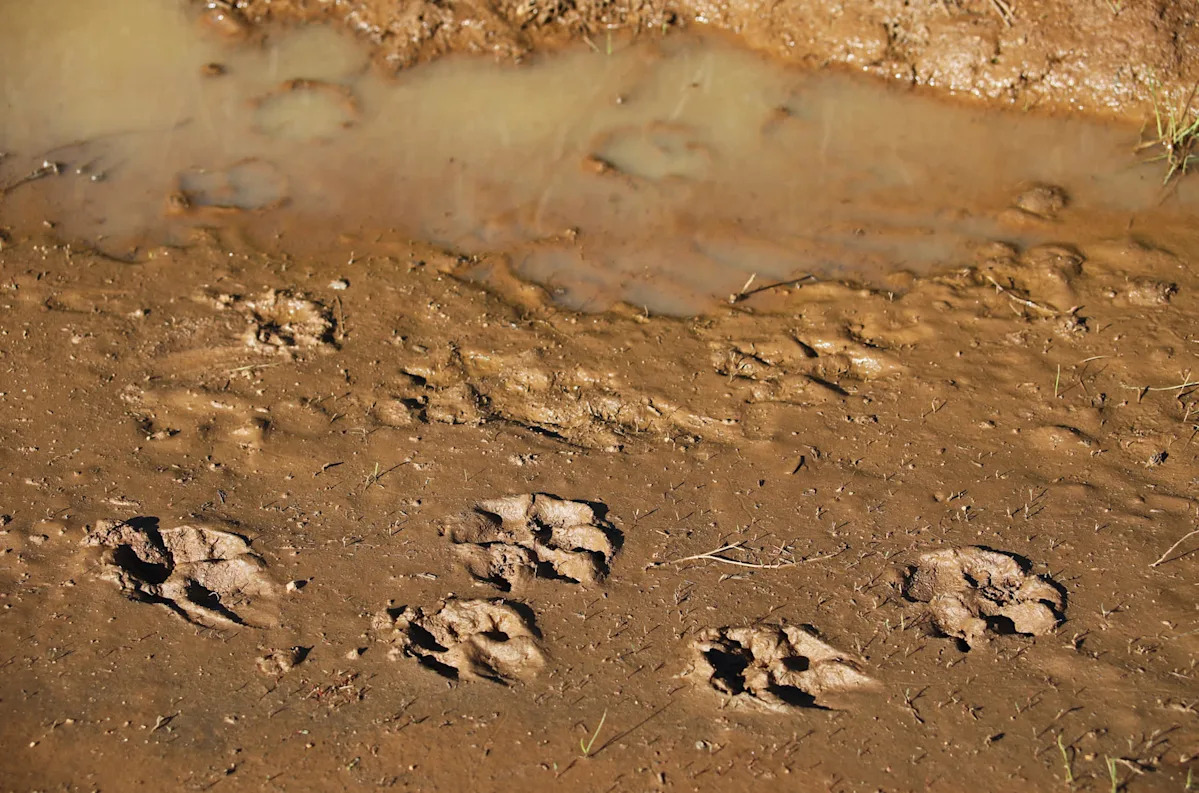Visitors at Larrabee State Park near Bellingham, Washington, are being urged to stay alert after a bobcat mother and her kittens were spotted on the trails in late September.
According to a KomoNews report, Washington State Parks & Recreation shared a photo showing the family walking down a wooded path, prompting officials to issue an urgent safety reminder to keep pets leashed and give wildlife space.
What’s happening?
While bobcats are typically shy and avoid human contact, park staff are reminding visitors that wild animals may behave unpredictably when protecting their young. “Stay calm, make yourself look larger, and back away slowly if you encounter one,” officials advised. “Never feed or approach wildlife, and contact park staff immediately if an animal appears injured or aggressive.”
Larrabee State Park — Washington’s first designated state park — spans 2,748 acres of forests, beaches, and mountain trails overlooking Samish Bay and the San Juan Islands, making it a prime habitat for native wildlife.
Why is this sighting important?
Wildlife encounters like this are becoming increasingly common across the U.S. as human development and resource use continue to shrink natural habitats. According to experts, factors such as urban sprawl, deforestation, and rising temperatures are pushing animals closer to neighborhoods and parks in search of food, water, and shelter.
Protecting ecosystems that support these species doesn’t just help wildlife — it also keeps people safe by maintaining healthy boundaries between habitats and communities.
What’s being done about it?
Washington State Parks has increased signage and ranger patrols to remind visitors of wildlife safety practices, including proper food storage and pet management. Meanwhile, conservation efforts across the country are working to reduce these conflicts through habitat restoration and coexistence education.
Initiatives such as native plant landscaping and wildlife corridor projects help animals move safely through their environments without venturing into populated areas.
Individuals can help by keeping dogs leashed on trails, securing trash at campsites, and supporting local conservation groups that restore wild habitats.
When humans give wildlife the space they need, encounters like this one can stay what they should be: a rare and beautiful reminder that we share these landscapes with other living beings.
Join our free newsletter for good news and useful tips, and don’t miss this cool list of easy ways to help yourself while helping the planet.

